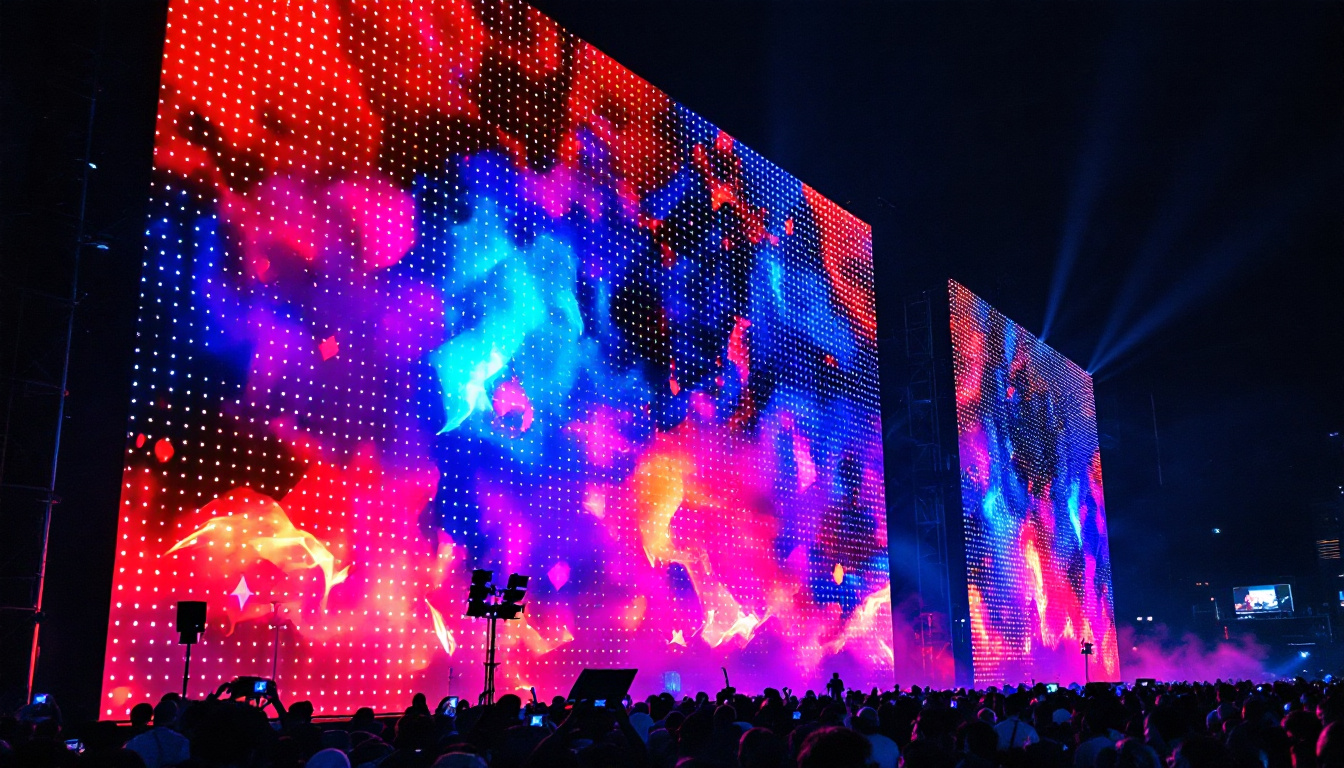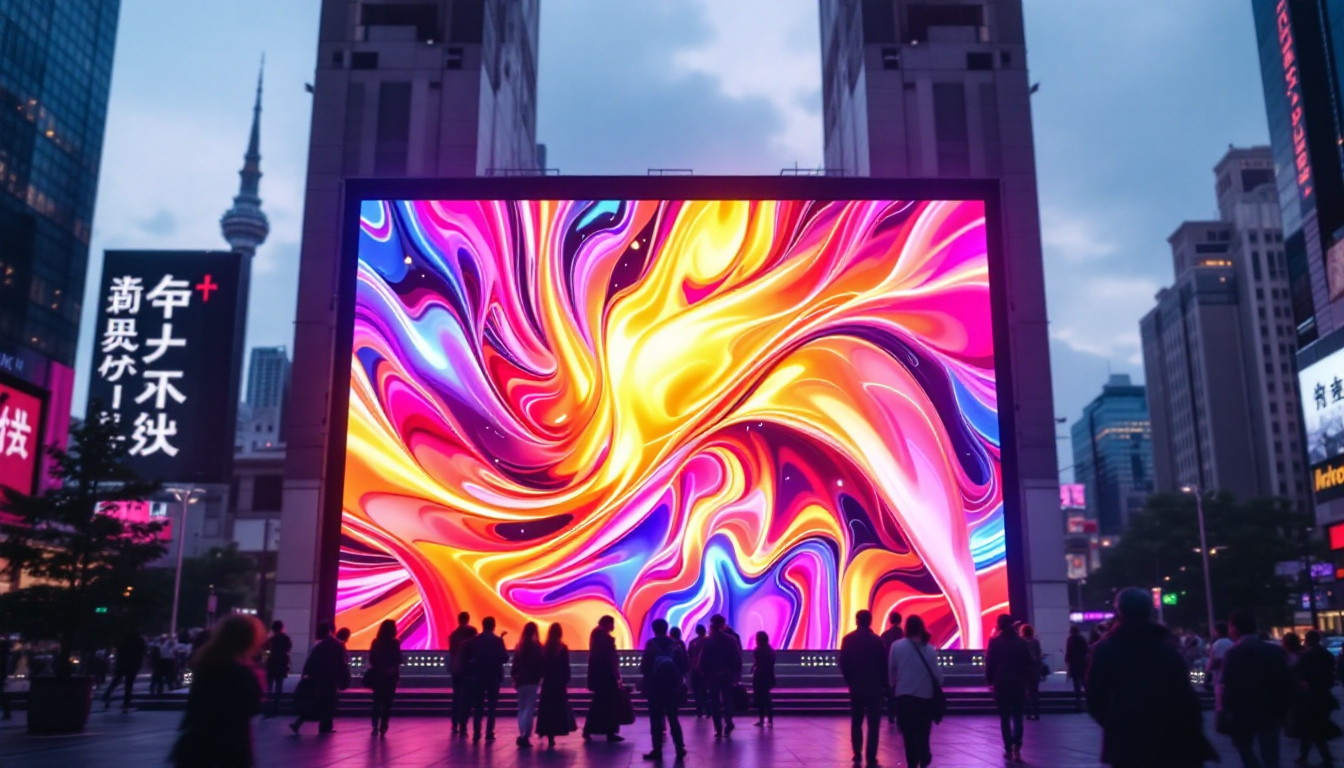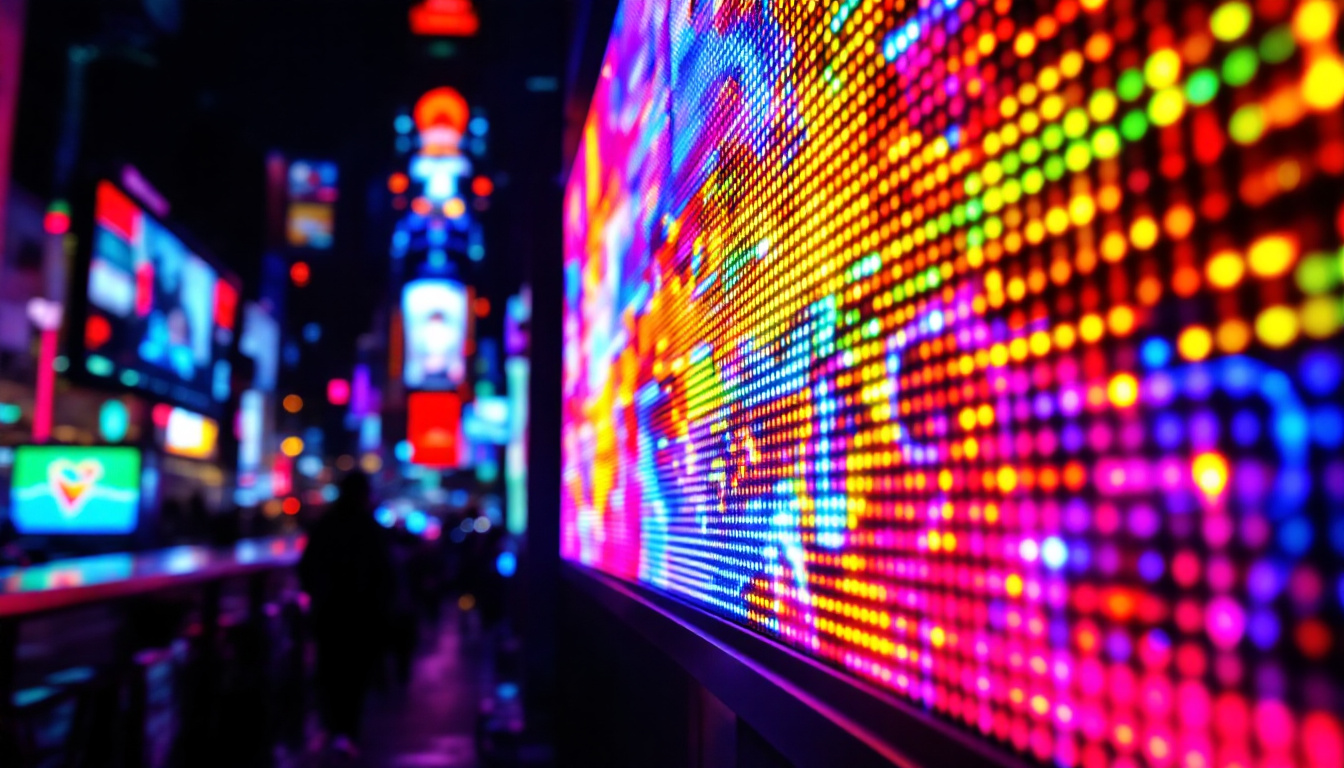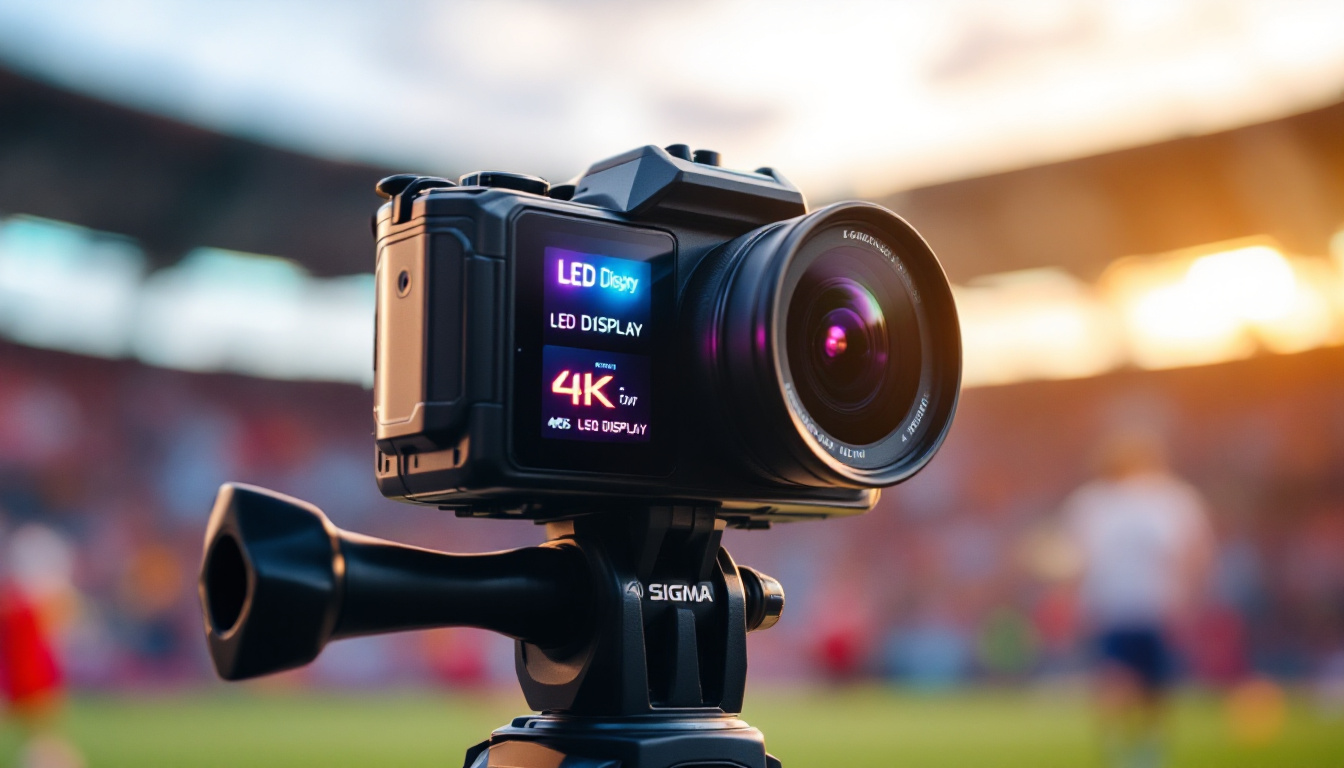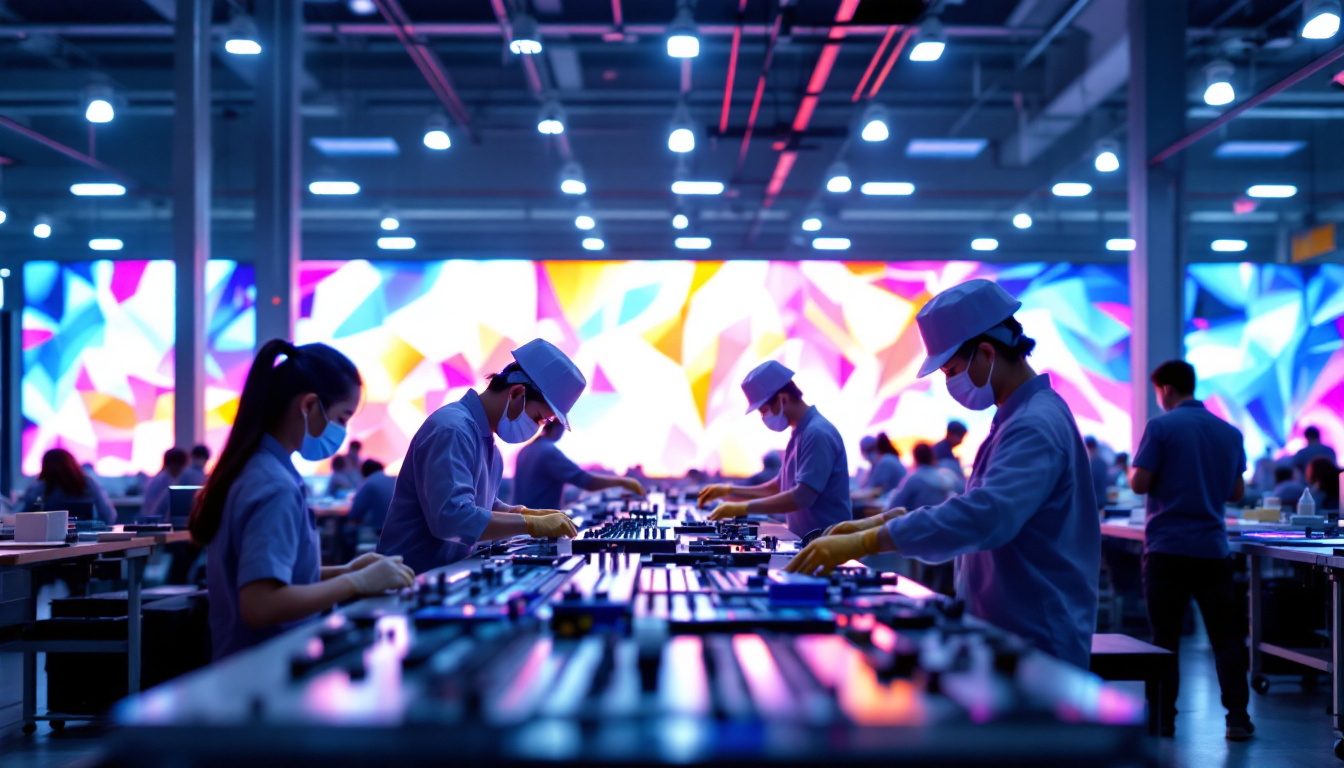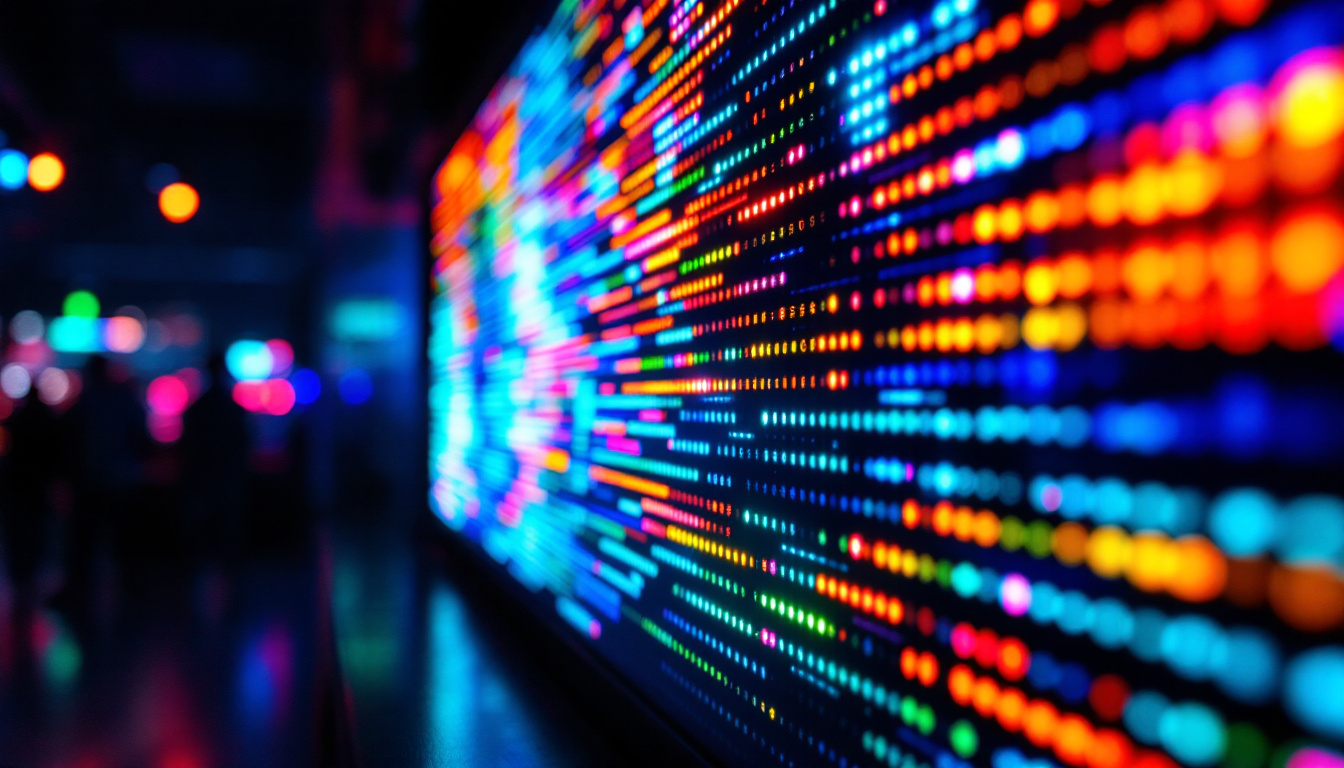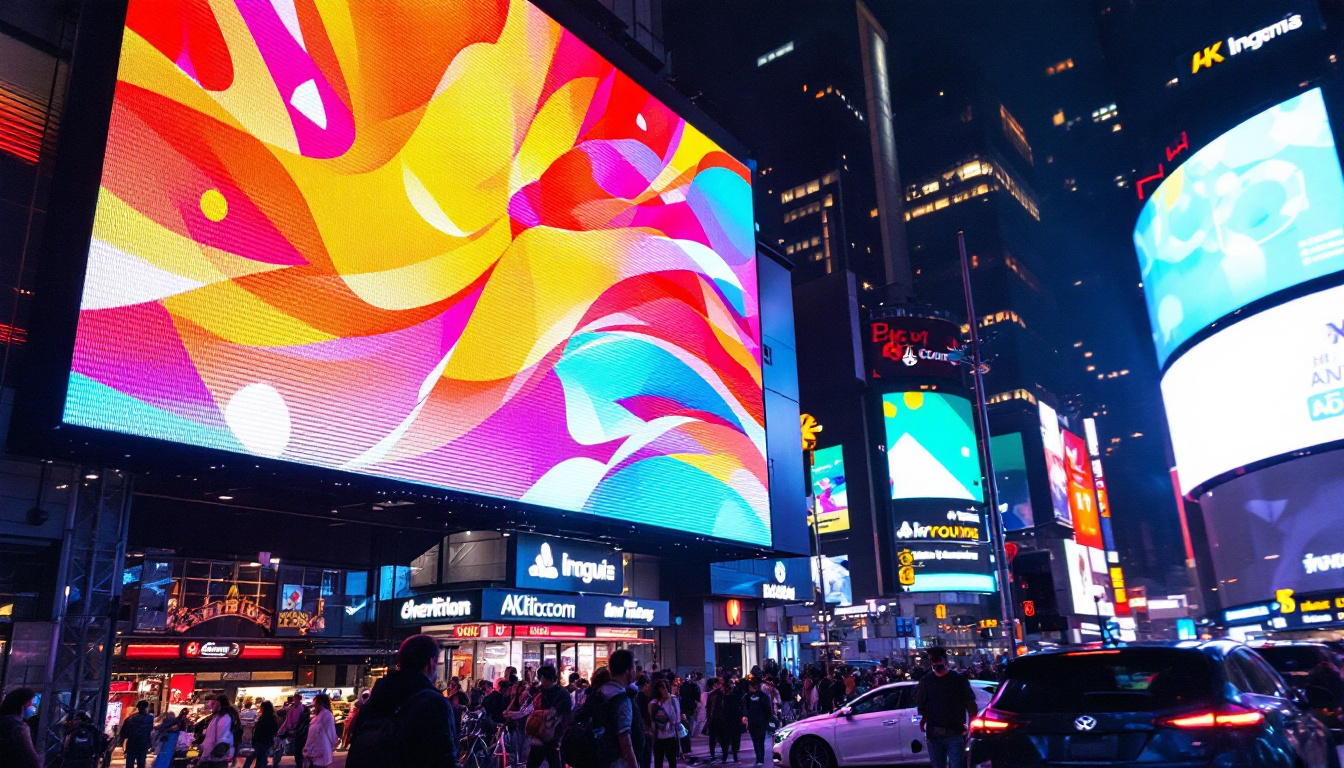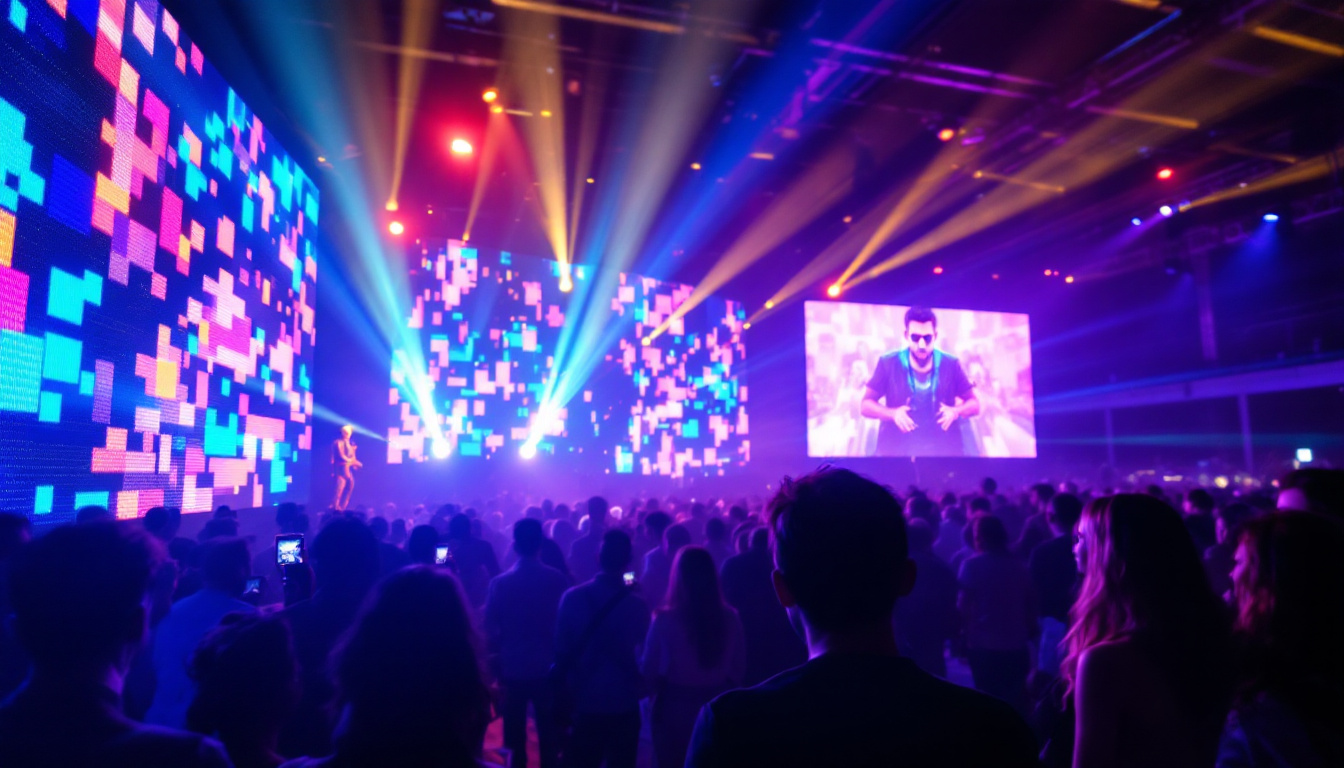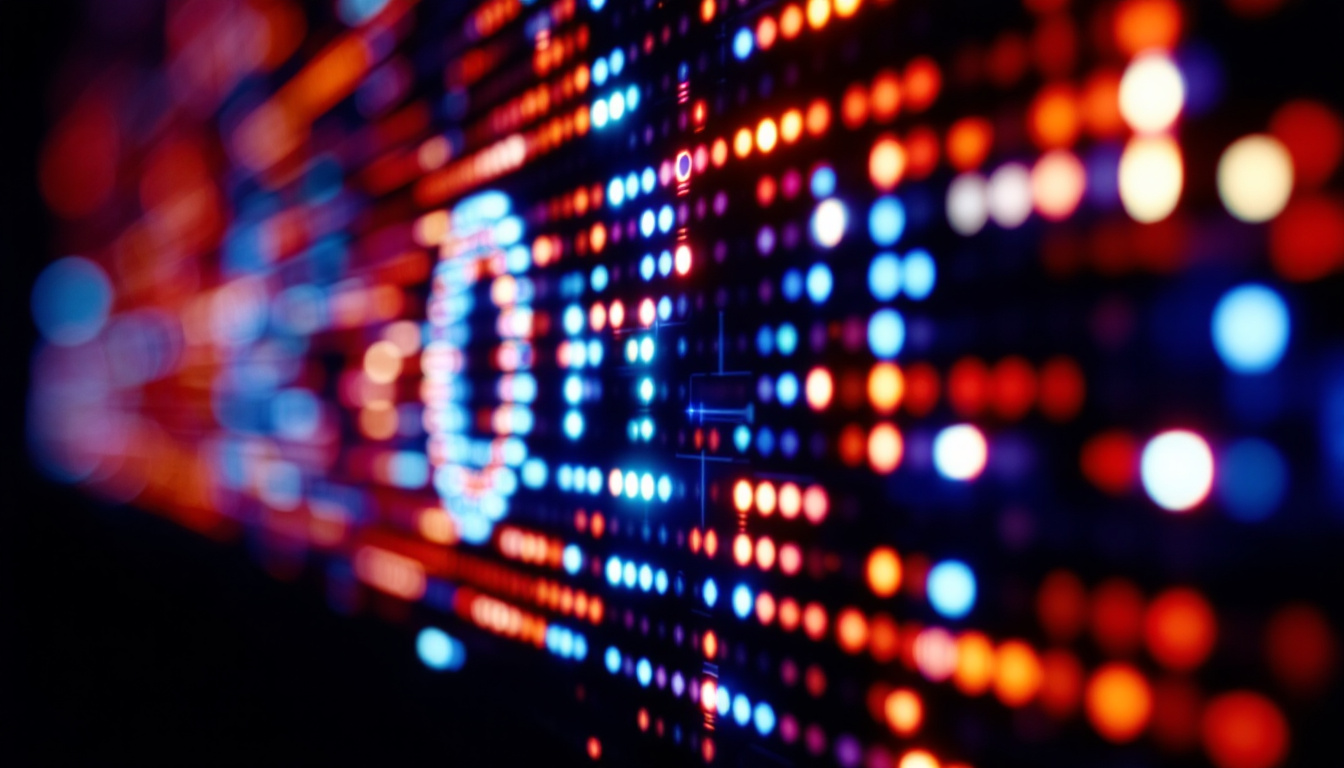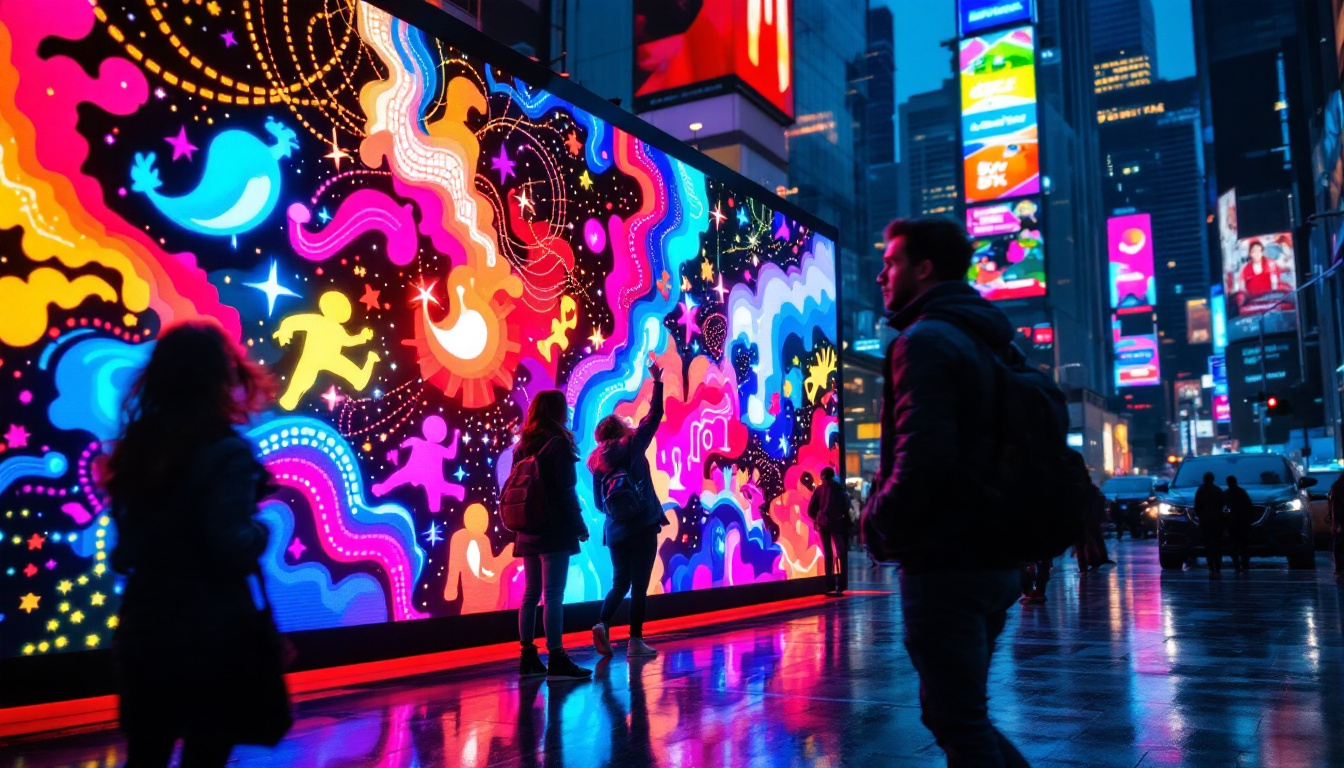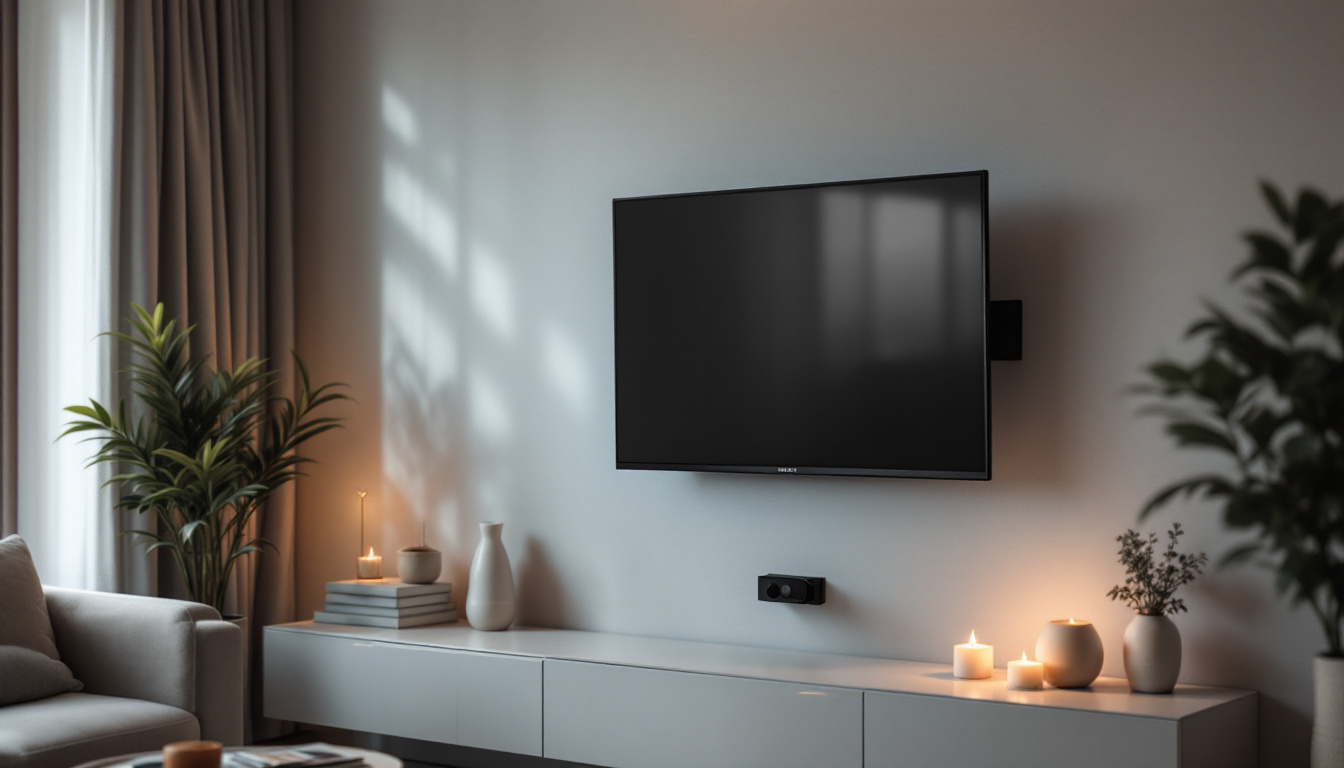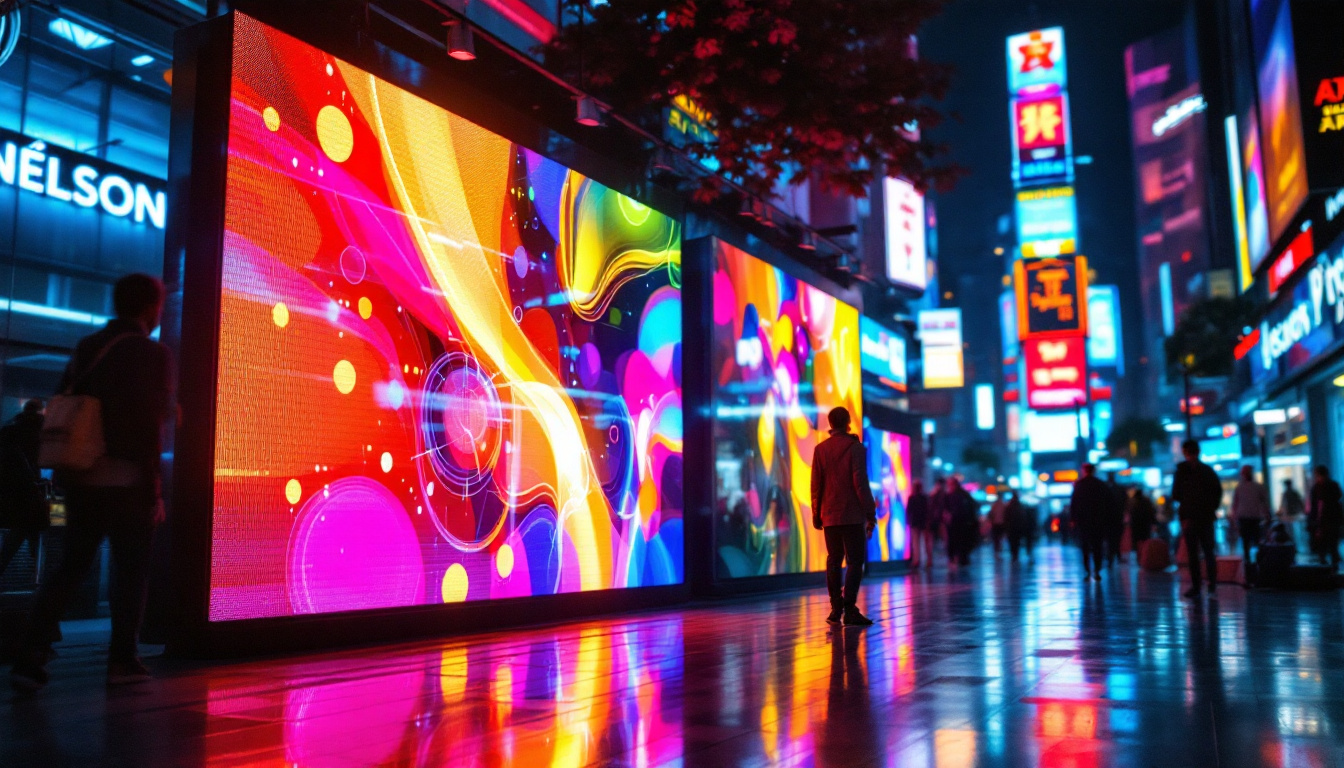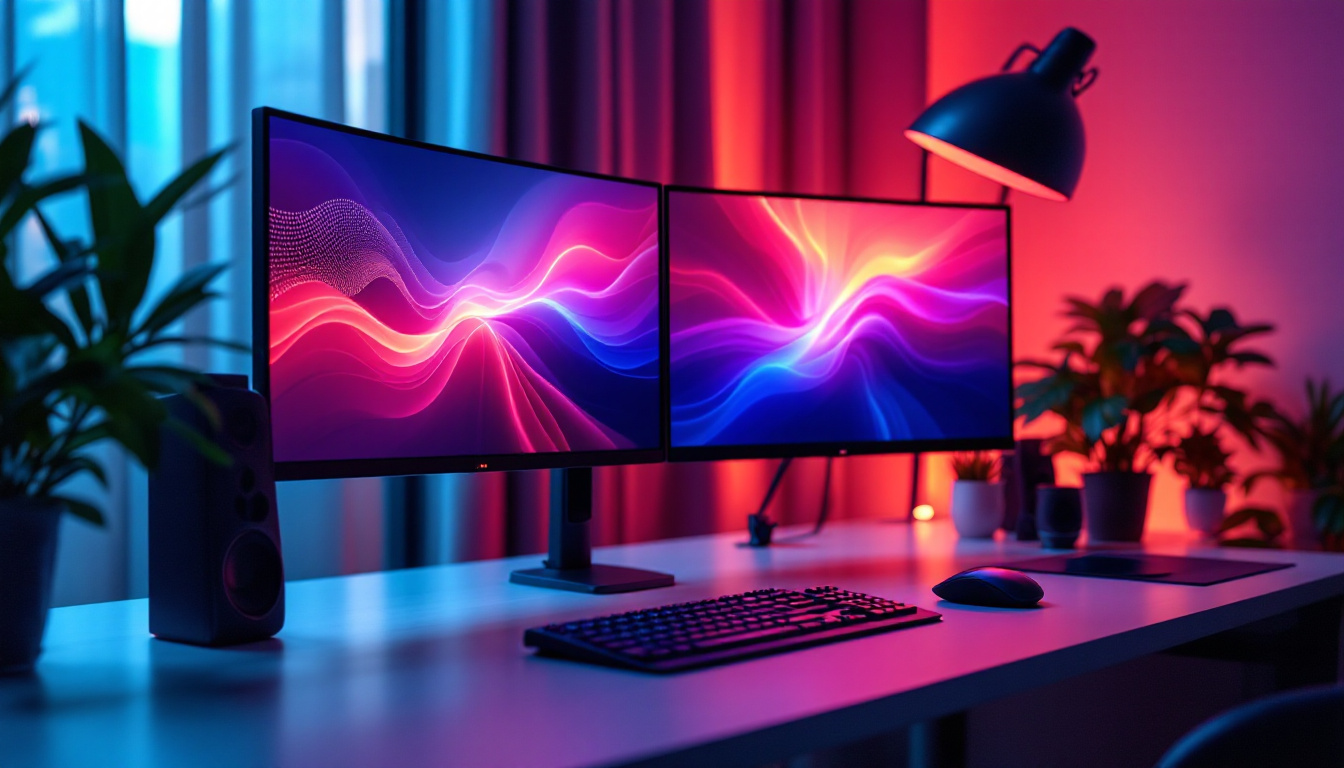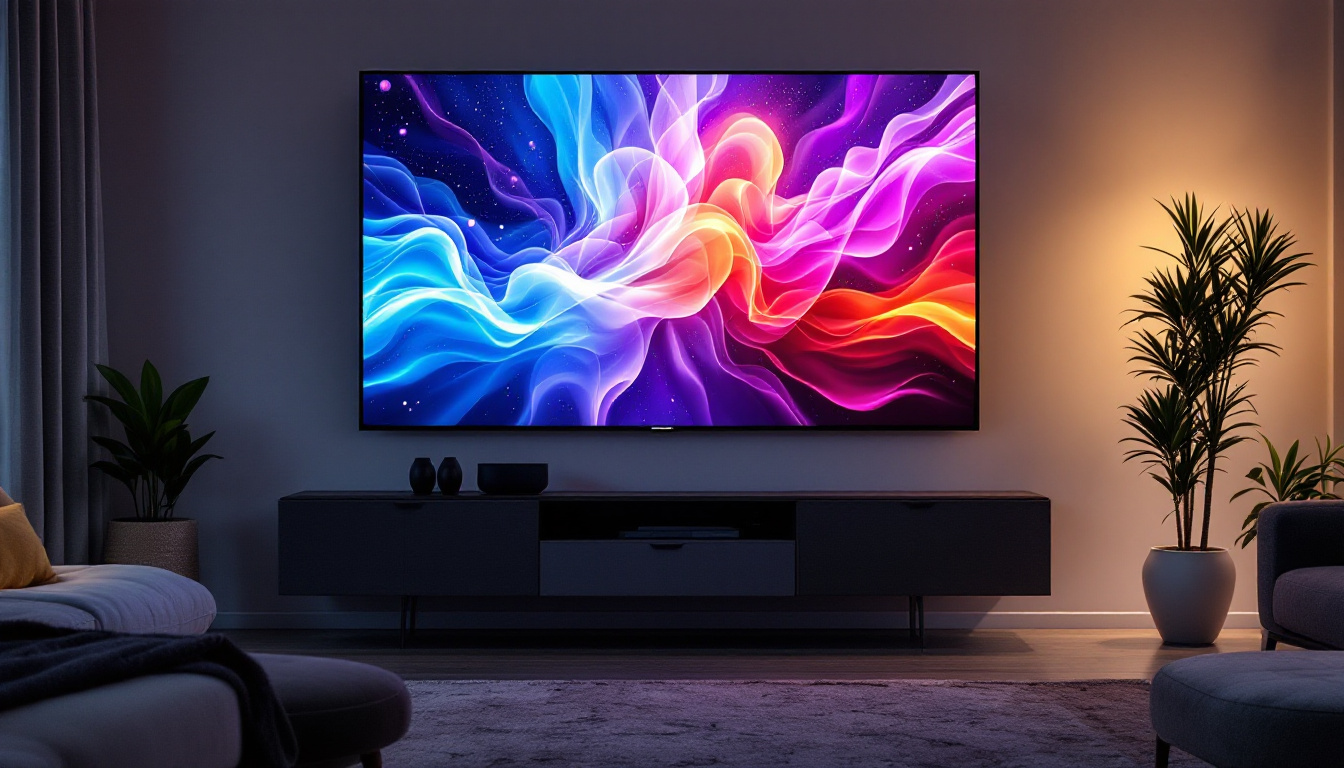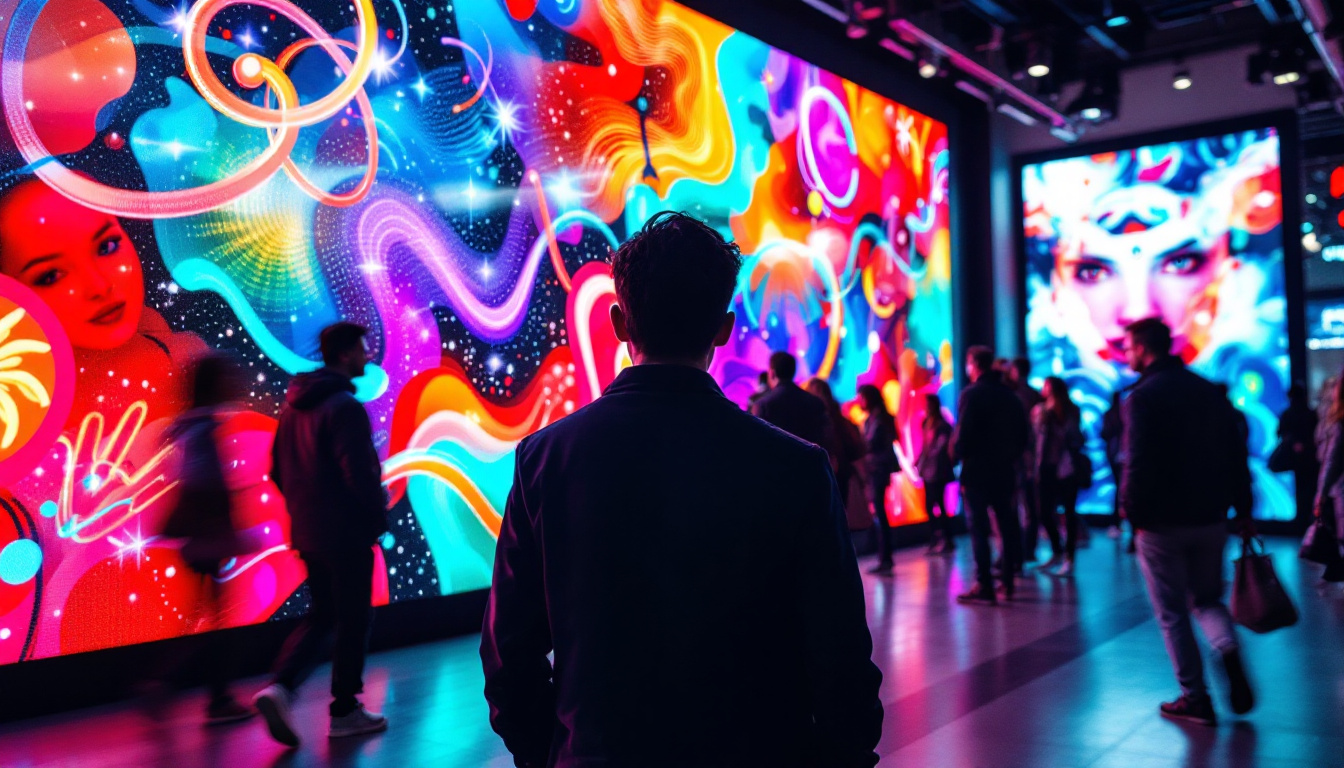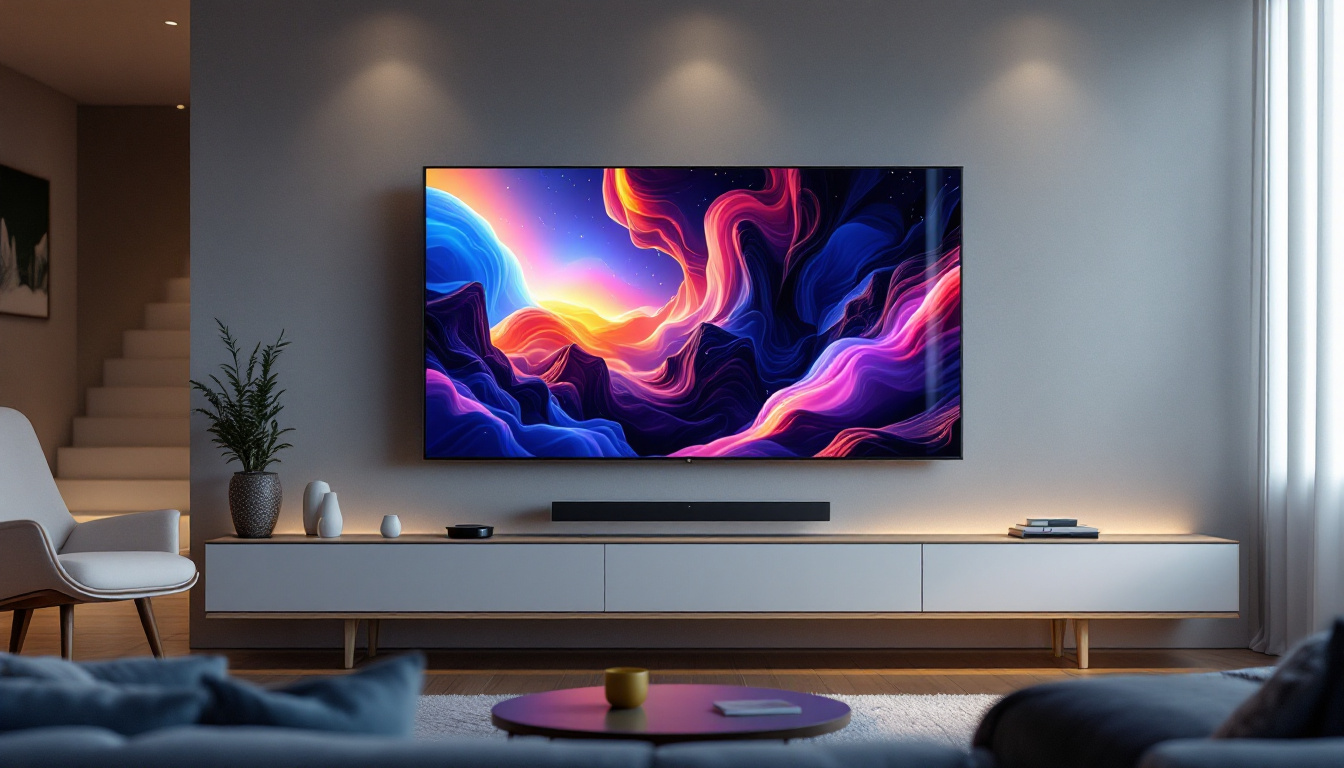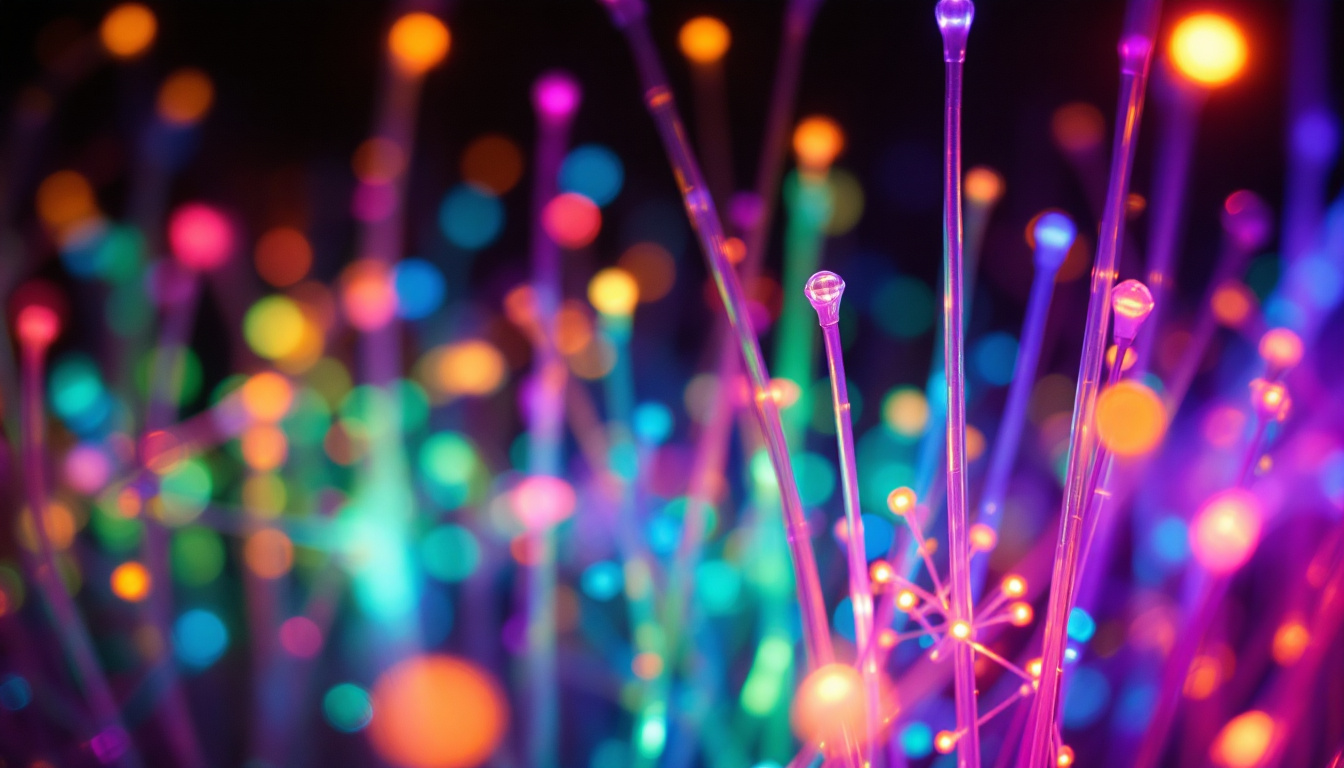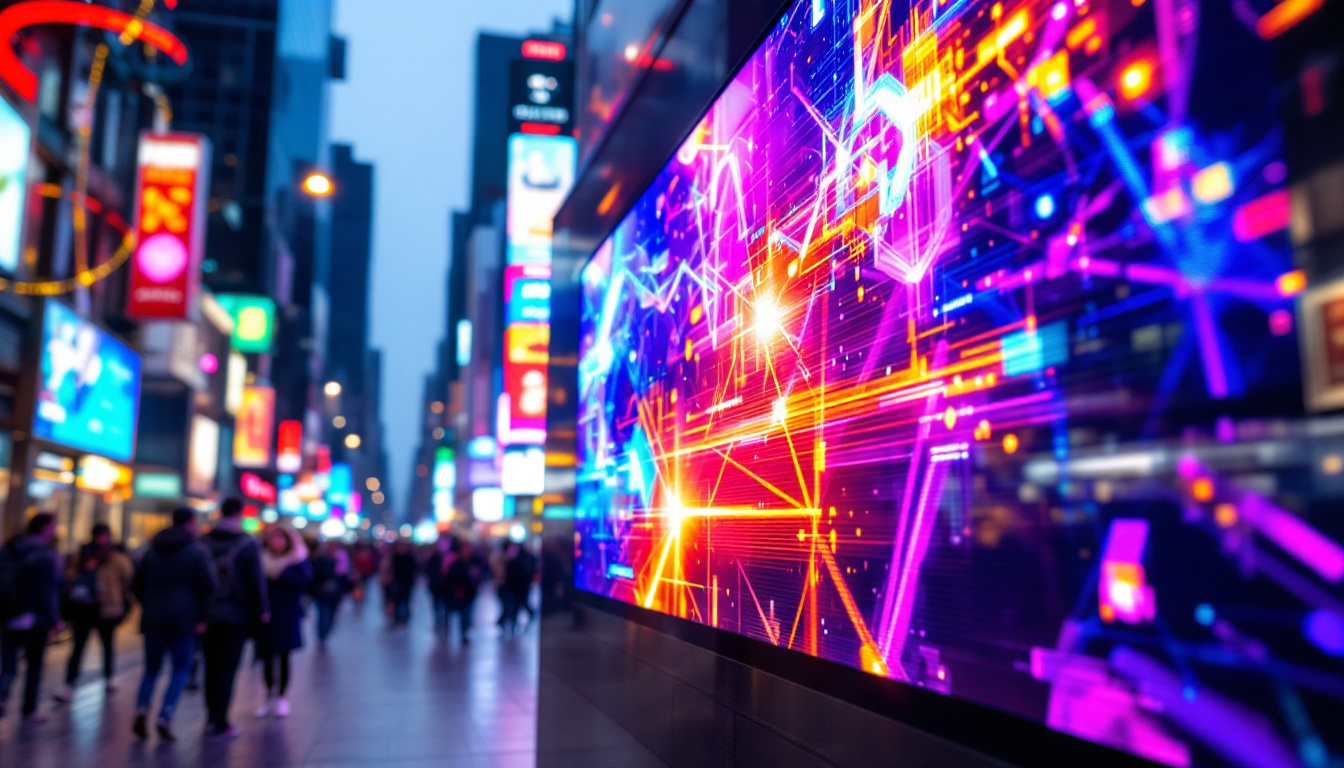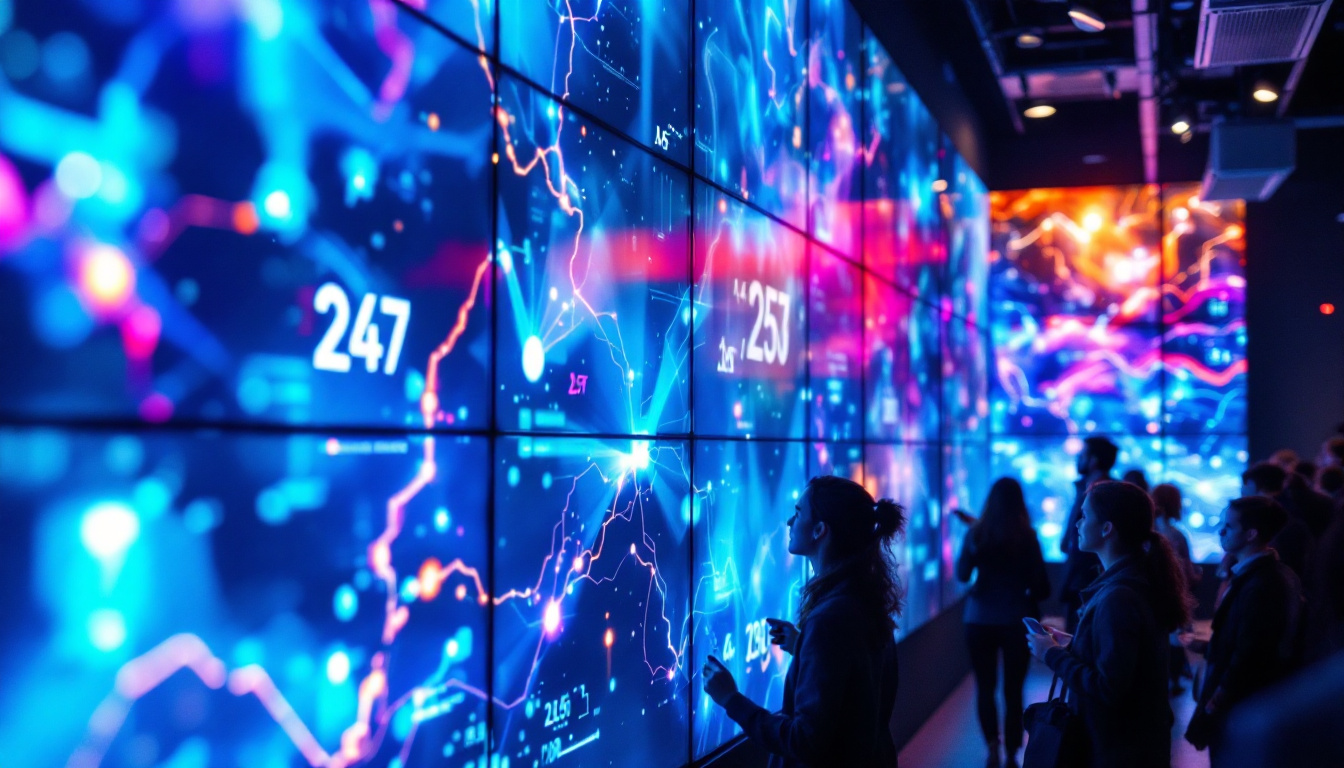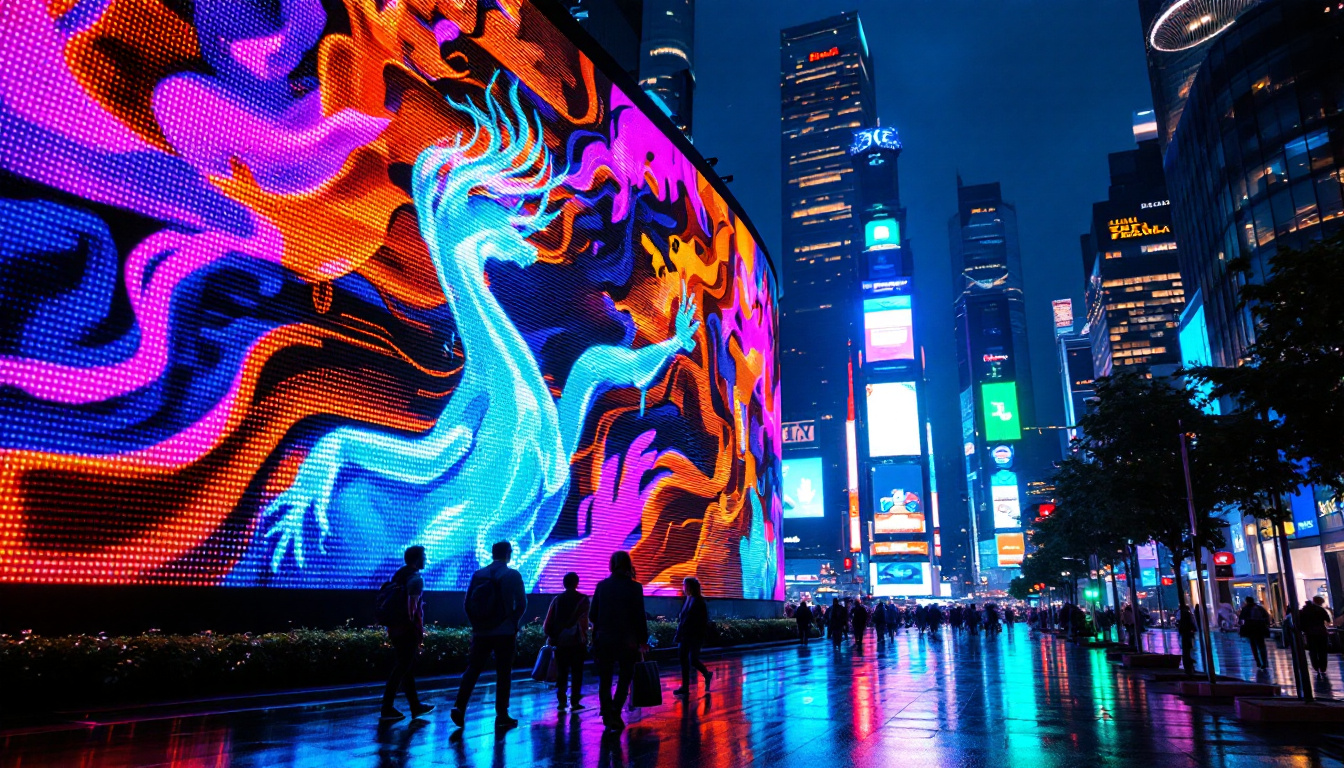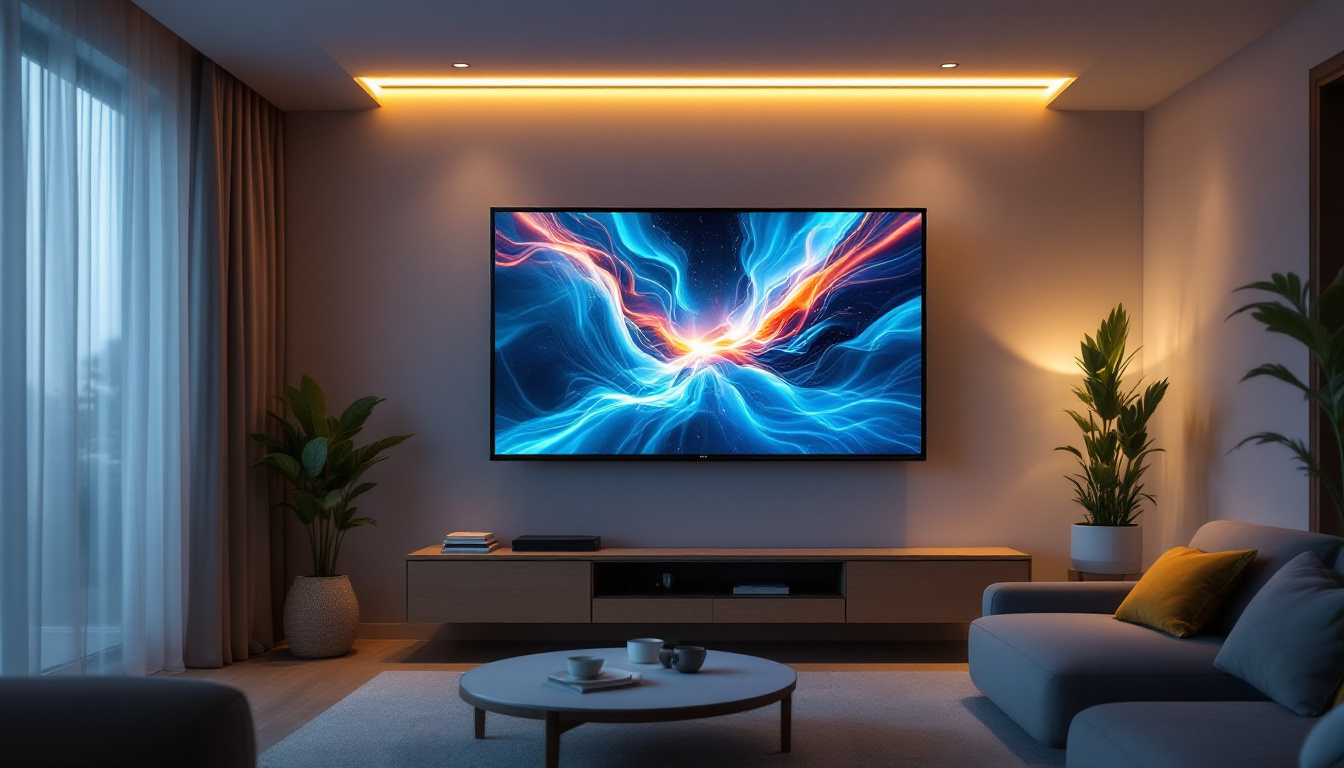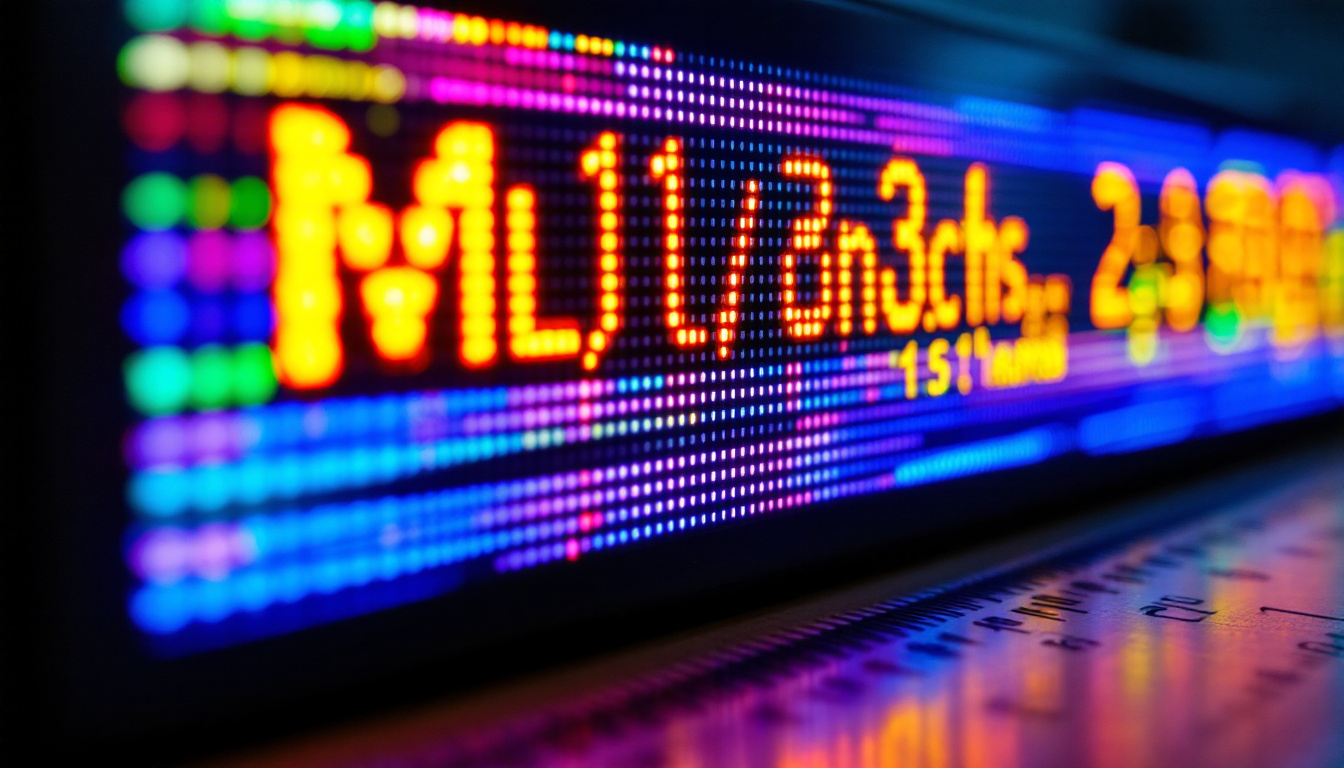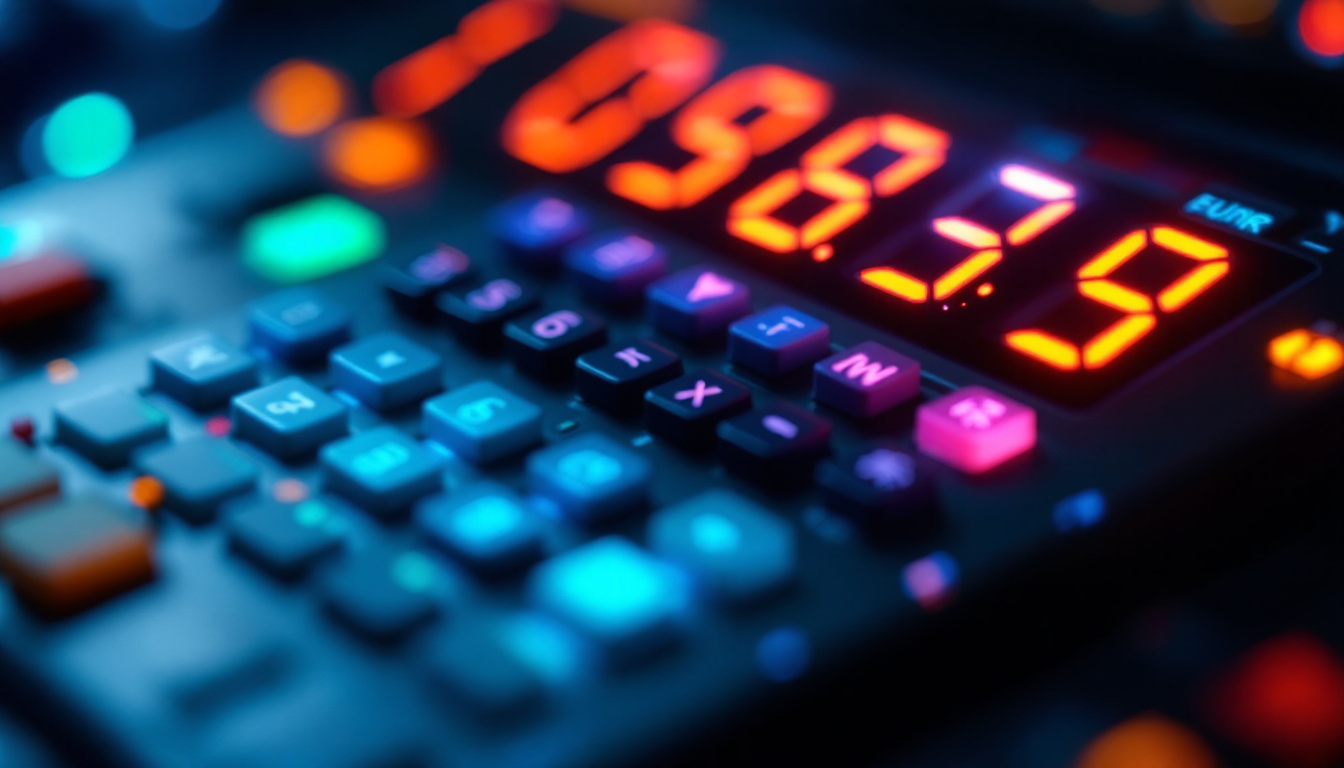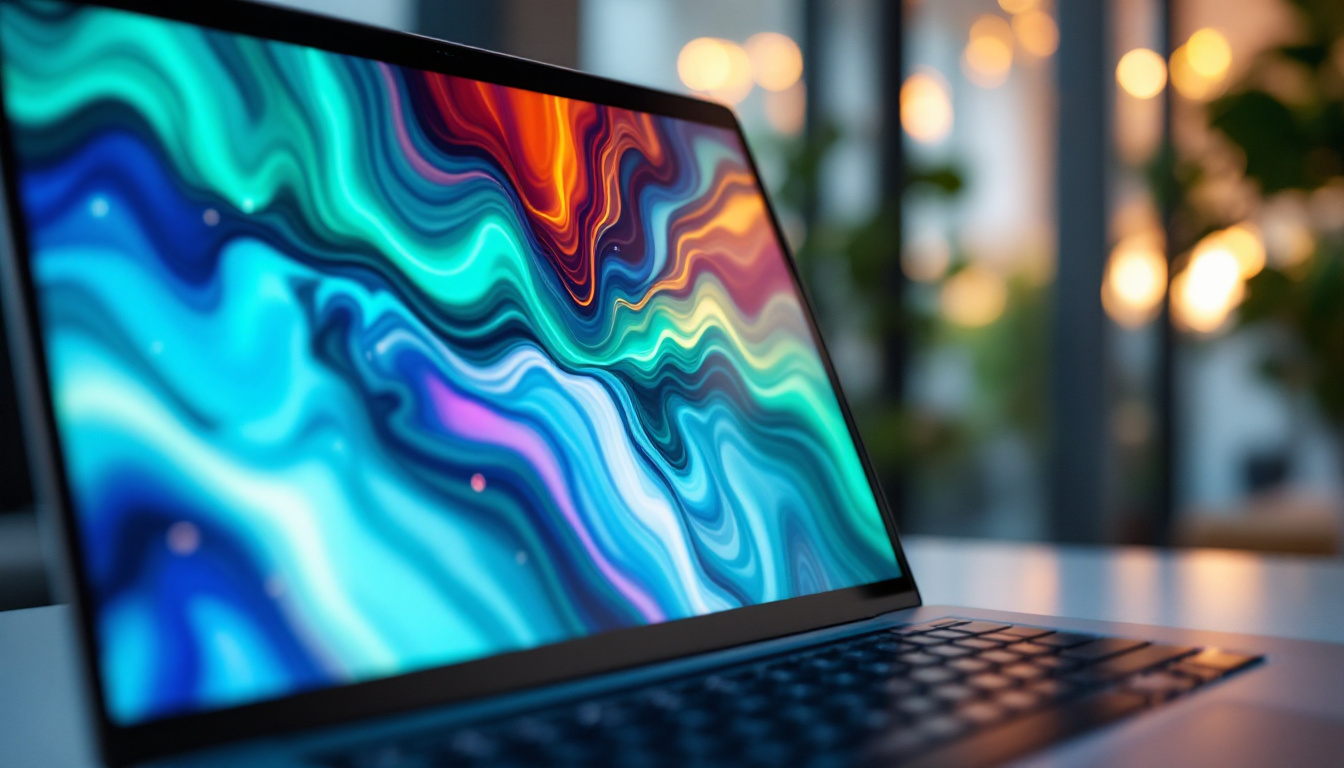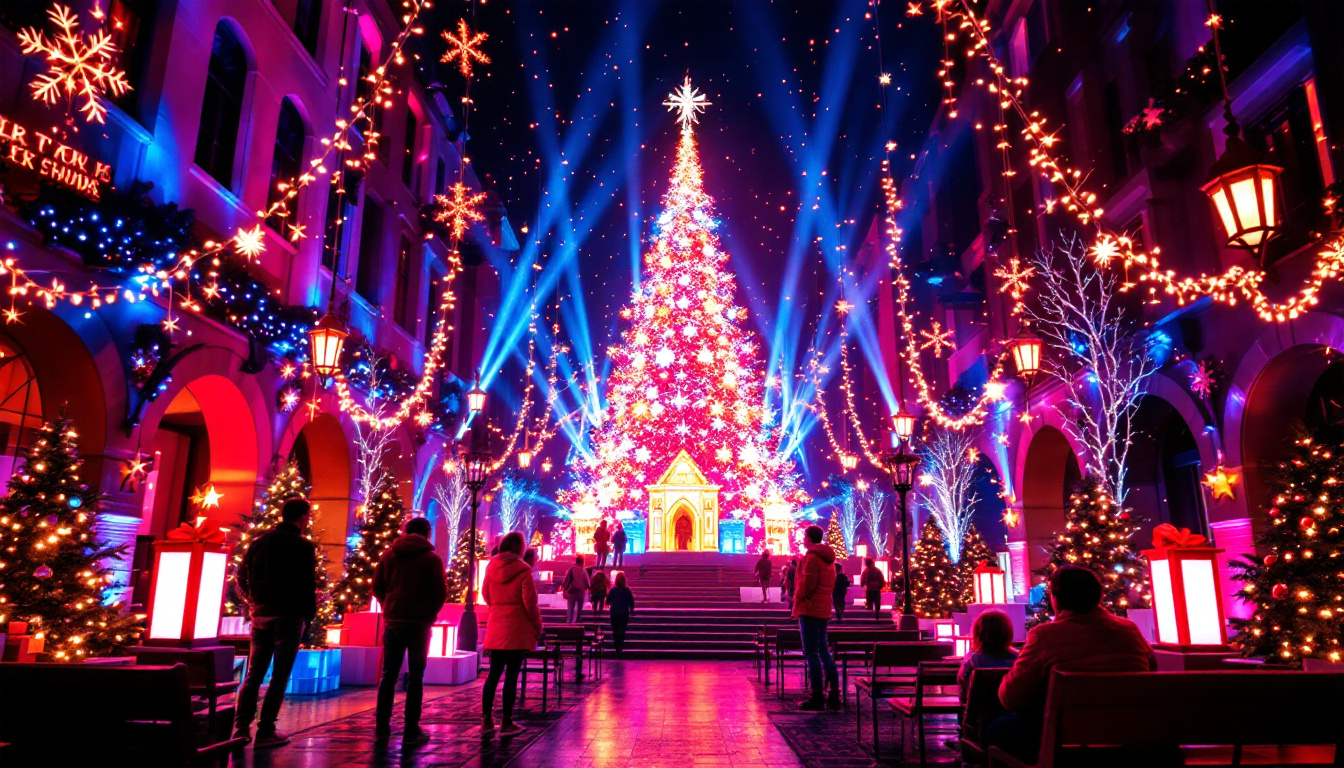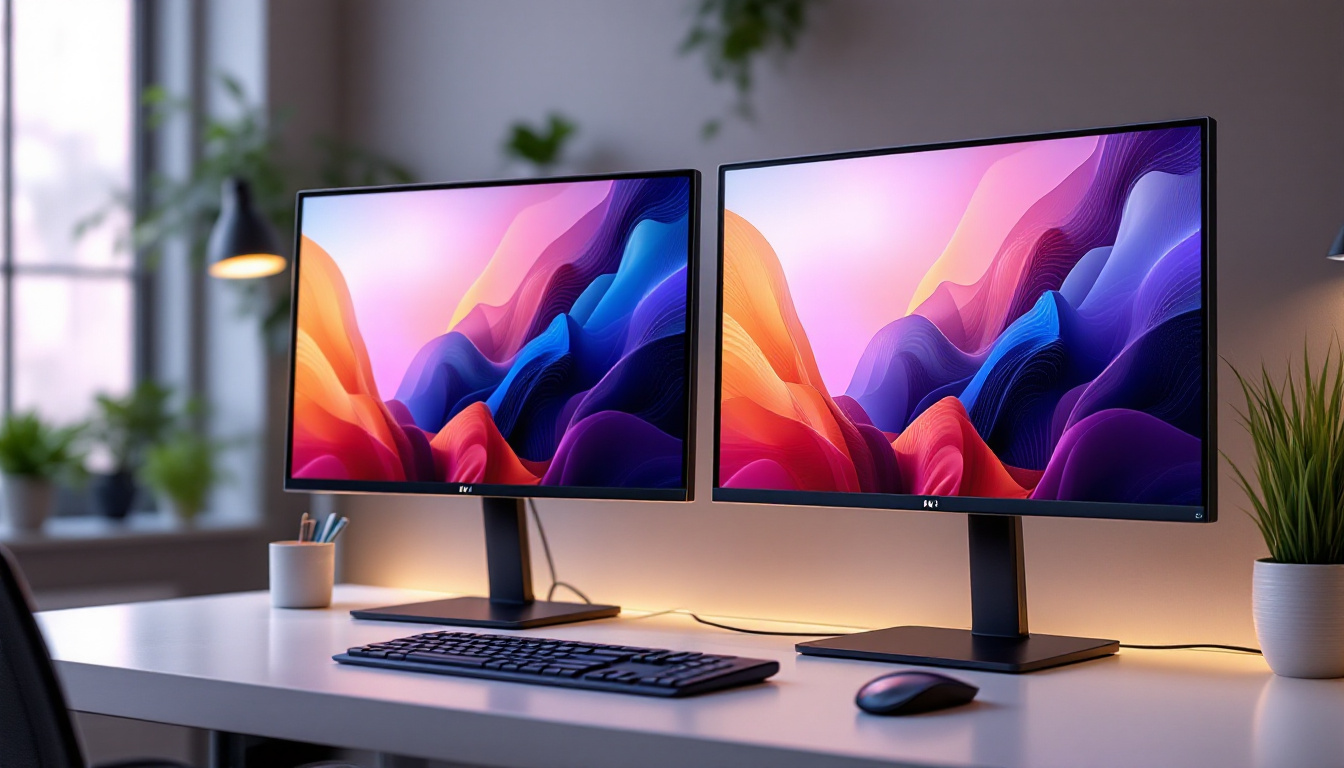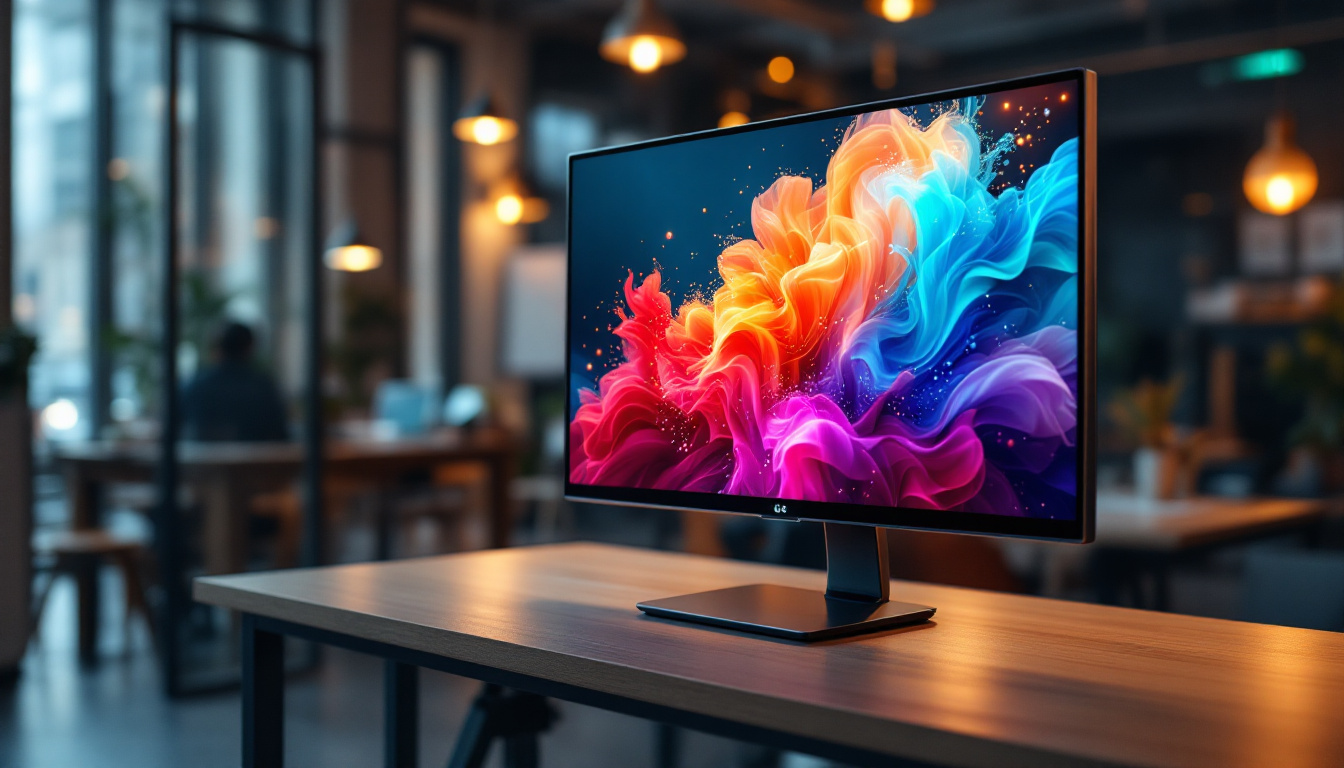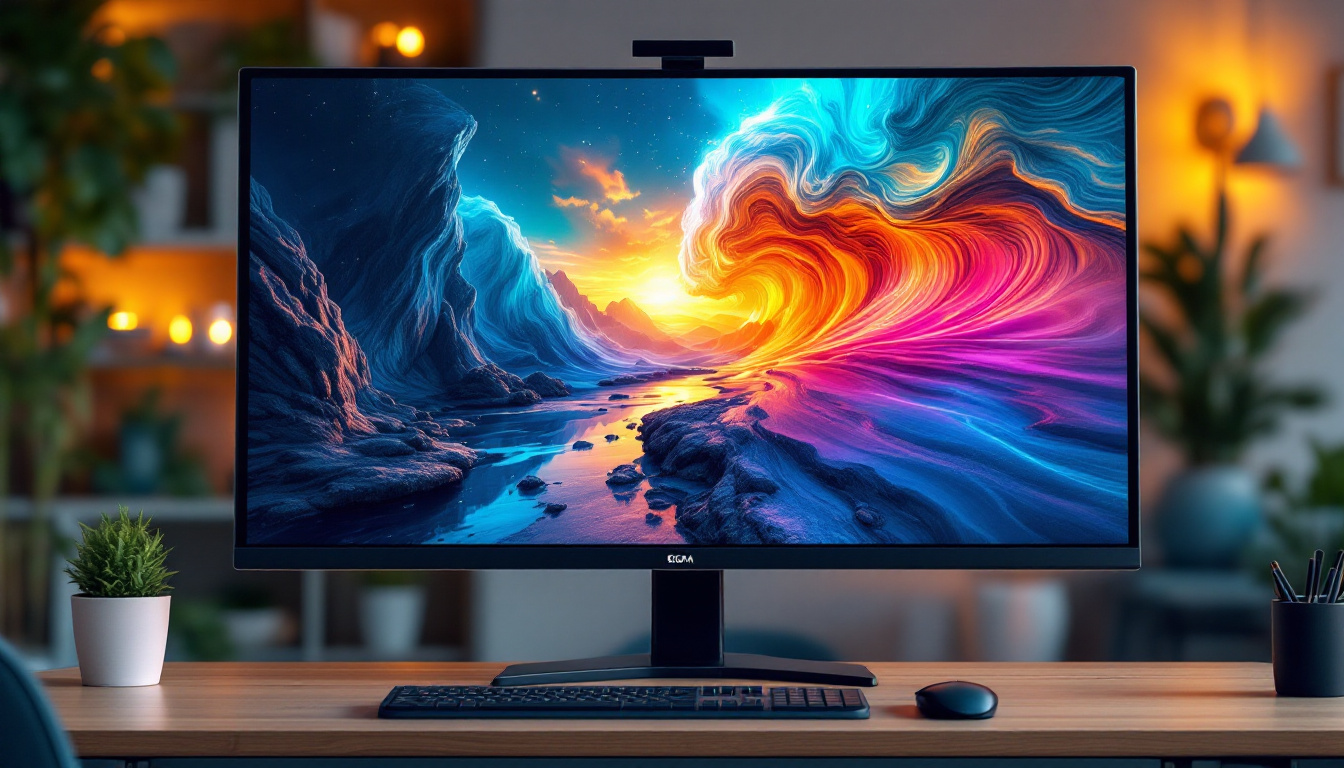Custom LED Manufacturer: LED Display Explained
In the modern world, LED displays have become ubiquitous, transforming the way information is presented across various platforms. From advertising billboards to indoor screens in shopping malls, the versatility and efficiency of LED technology have made it a preferred choice for businesses and organizations alike. This article delves into the intricacies of LED displays, exploring their components, types, applications, and the benefits of working with a custom LED manufacturer.
Understanding LED Technology
Light Emitting Diodes (LEDs) are semiconductor devices that emit light when an electric current passes through them. This technology has evolved significantly over the years, leading to the development of high-quality LED displays that are used in numerous applications. From home lighting solutions to intricate digital billboards, LEDs have transformed the way we interact with light and visual information, paving the way for innovative designs and energy-efficient solutions.
The Basics of LED Functionality
At its core, an LED is composed of a chip made from a semiconductor material, typically gallium arsenide or gallium phosphide. When voltage is applied, electrons recombine with holes in the semiconductor, releasing energy in the form of photons—this is the light we see. The color of the emitted light depends on the materials used in the semiconductor. For instance, different combinations of these materials can produce a wide spectrum of colors, which is why LEDs are not just limited to white light but can also be found in vibrant hues for decorative and functional purposes.
LEDs are highly efficient, consuming less power compared to traditional incandescent bulbs. This efficiency not only reduces energy costs but also minimizes heat generation, making them safer and more durable. Additionally, the lifespan of an LED can exceed 25,000 hours, significantly outlasting conventional lighting options. This longevity contributes to reduced waste and lower maintenance costs, making LEDs an environmentally friendly choice for both residential and commercial applications.
Types of LED Displays
LED displays come in various forms, each suited for specific applications. The most common types include:
- Direct View LED Displays: These displays consist of individual LED modules that can be arranged in various configurations. They are often used for large outdoor billboards and digital signage, where visibility from a distance is crucial. The ability to create dynamic content makes them particularly effective for advertising and public announcements.
- LED Video Walls: Comprising multiple LED panels, video walls are used in venues such as stadiums, concert halls, and corporate environments to create a large, cohesive display. These walls can deliver stunning visuals and are often used for live events, presentations, and immersive experiences, captivating audiences with their clarity and brightness.
- LED Backlit Displays: These displays use LEDs as a backlight for LCD screens, enhancing brightness and color accuracy. They are commonly found in televisions and computer monitors. The incorporation of LED backlighting has revolutionized screen technology, allowing for thinner designs and improved energy efficiency, while also providing a better viewing experience with deeper blacks and more vivid colors.
In addition to these common types, there are also specialty LED displays designed for unique applications. For example, flexible LED displays can be bent or shaped to fit unconventional spaces, making them ideal for creative installations in art galleries or retail environments. Furthermore, advancements in technology have led to the development of transparent LED displays, which can blend seamlessly into glass surfaces, offering a futuristic touch to storefronts and exhibitions while still providing dynamic content visibility.
Applications of LED Displays
LED displays have a wide range of applications across various industries. Their adaptability and effectiveness make them suitable for both indoor and outdoor environments.
Advertising and Marketing
One of the most prominent uses of LED displays is in advertising. Retailers and brands leverage vibrant LED screens to capture the attention of potential customers. Digital billboards can display dynamic content, allowing for real-time updates and targeted advertising based on audience demographics.
Moreover, LED displays can be integrated into promotional events, providing an engaging way to showcase products and services. The ability to change content quickly makes them a powerful tool for marketers looking to maximize impact.
Entertainment and Events
In the entertainment industry, LED displays play a crucial role in enhancing the audience experience. Concerts, festivals, and sporting events utilize large LED screens to broadcast live performances, highlight player statistics, and create immersive environments.
Additionally, LED technology is used in theaters and cinemas for vibrant stage backdrops and special effects, elevating the overall production quality.
Corporate and Educational Use
LED displays are increasingly being adopted in corporate environments for presentations, conferences, and training sessions. Their high visibility and clarity make them ideal for displaying complex data and information effectively.
In educational settings, LED screens facilitate interactive learning experiences. Schools and universities use them for lectures, announcements, and displaying educational content, enhancing student engagement and participation.
Benefits of Custom LED Displays
Working with a custom LED manufacturer offers numerous advantages, allowing businesses to tailor their display solutions to meet specific needs.
Tailored Solutions
Every business has unique requirements, and custom LED displays can be designed to fit specific dimensions, resolutions, and functionalities. Whether it’s a large outdoor billboard or a small indoor screen, customization ensures that the display aligns perfectly with the intended application.
Furthermore, custom solutions can incorporate features such as touch interactivity, motion sensors, and integration with other technologies, enhancing user engagement and experience.
Quality and Durability
Custom LED manufacturers often prioritize quality in their products. By choosing high-grade materials and advanced technology, these manufacturers create displays that are not only visually stunning but also durable and long-lasting.
Durability is particularly important for outdoor displays, which must withstand various weather conditions. Custom manufacturers can provide protective coatings and enclosures to ensure that the displays remain functional and vibrant over time.
Cost-Effectiveness
While the initial investment in custom LED displays may be higher than standard options, the long-term benefits often outweigh the costs. Custom displays are designed for optimal performance, leading to lower maintenance and energy costs over their lifespan.
Additionally, the ability to update content easily reduces the need for physical replacements, making custom LED displays a cost-effective solution for businesses looking to invest in their advertising and communication strategies.
Choosing the Right Custom LED Manufacturer
When selecting a custom LED manufacturer, several factors should be considered to ensure the best outcome for your project.
Experience and Expertise
It is crucial to choose a manufacturer with a proven track record in the industry. Experienced manufacturers understand the nuances of LED technology and can provide valuable insights during the design and implementation process.
Look for manufacturers who have worked on projects similar to yours, as this experience can significantly impact the quality and effectiveness of the final product.
Customer Support and Service
Effective customer support is essential when working with a custom LED manufacturer. The process of designing and implementing a custom display can be complex, and having a responsive support team can make a significant difference.
Ensure that the manufacturer offers ongoing support, including installation, maintenance, and troubleshooting services. This commitment to customer service can enhance your overall experience and satisfaction with the product.
Technology and Innovation
The LED industry is constantly evolving, with new technologies and innovations emerging regularly. A manufacturer that stays up-to-date with the latest advancements can offer cutting-edge solutions that enhance the performance and functionality of your displays.
Inquire about the technologies used in their products, such as energy-efficient designs, high-resolution capabilities, and advanced control systems, to ensure that you are investing in a future-proof solution.
Future Trends in LED Display Technology
The LED display industry is poised for significant growth and innovation in the coming years. Several trends are shaping the future of this technology.
Increased Resolution and Clarity
As consumer expectations rise, manufacturers are focusing on delivering higher resolution displays. Innovations such as MicroLED and MiniLED technologies are paving the way for displays with improved clarity, color accuracy, and brightness.
These advancements will enable businesses to create more engaging and visually stunning content, enhancing the overall viewer experience.
Integration with Smart Technology
The integration of LED displays with smart technology is another trend gaining momentum. Displays that can connect to the Internet of Things (IoT) allow for real-time data updates, remote management, and interactive features.
This connectivity opens up new possibilities for businesses, enabling them to create dynamic content that adapts to changing circumstances and audience preferences.
Sustainability and Eco-Friendliness
As environmental concerns continue to grow, the LED industry is increasingly focusing on sustainability. Manufacturers are exploring eco-friendly materials and energy-efficient designs to reduce the environmental impact of their products.
Moreover, recycling programs for old LED displays are becoming more common, allowing businesses to dispose of outdated technology responsibly.
Conclusion
LED displays have revolutionized the way information is conveyed, offering unparalleled versatility and efficiency. By understanding the technology, applications, and benefits of custom LED displays, businesses can make informed decisions that enhance their communication strategies.
Working with a reputable custom LED manufacturer ensures that organizations receive tailored solutions that meet their unique needs while also benefiting from ongoing support and innovative technology. As the industry continues to evolve, embracing the latest trends will be crucial for businesses looking to stay ahead in a competitive landscape.
In summary, the future of LED displays is bright, and with the right partnerships and insights, businesses can leverage this technology to achieve their goals effectively.
Discover LumenMatrix’s Advanced LED Display Solutions
Ready to elevate your visual communication with the latest in LED technology? Look no further than LumenMatrix, a pioneer in crafting LED display modules that bring your brand to life. Whether you’re interested in Indoor LED Walls, Outdoor Displays, or innovative solutions like LED Sports Displays and Transparent LED Displays, LumenMatrix has the expertise to transform your space. Embrace the future of digital signage with LumenMatrix and create experiences that resonate with your audience. Check out LumenMatrix LED Display Solutions today and see how we can help you make a lasting impression.

